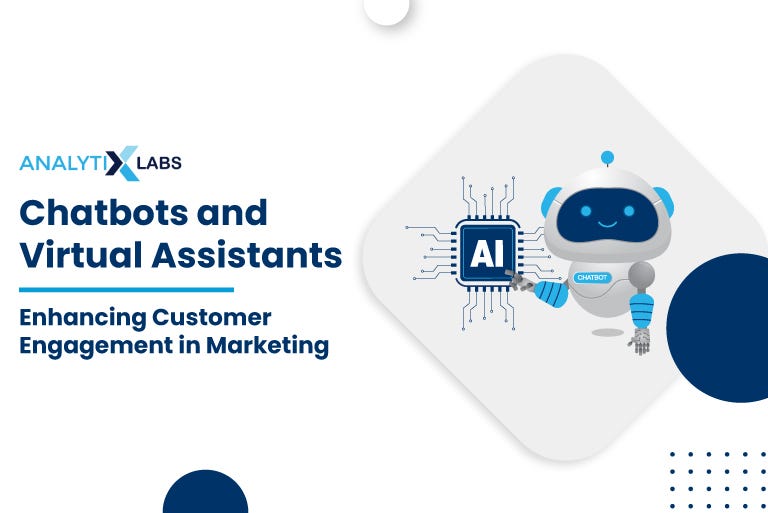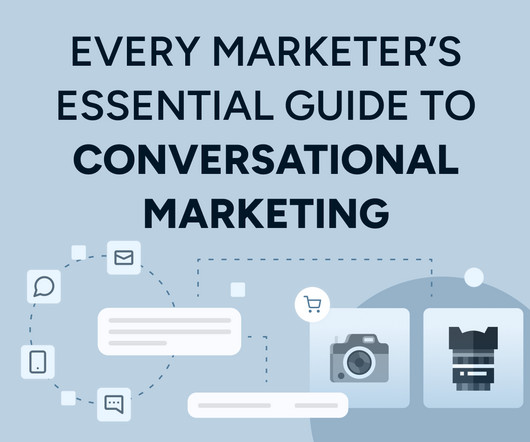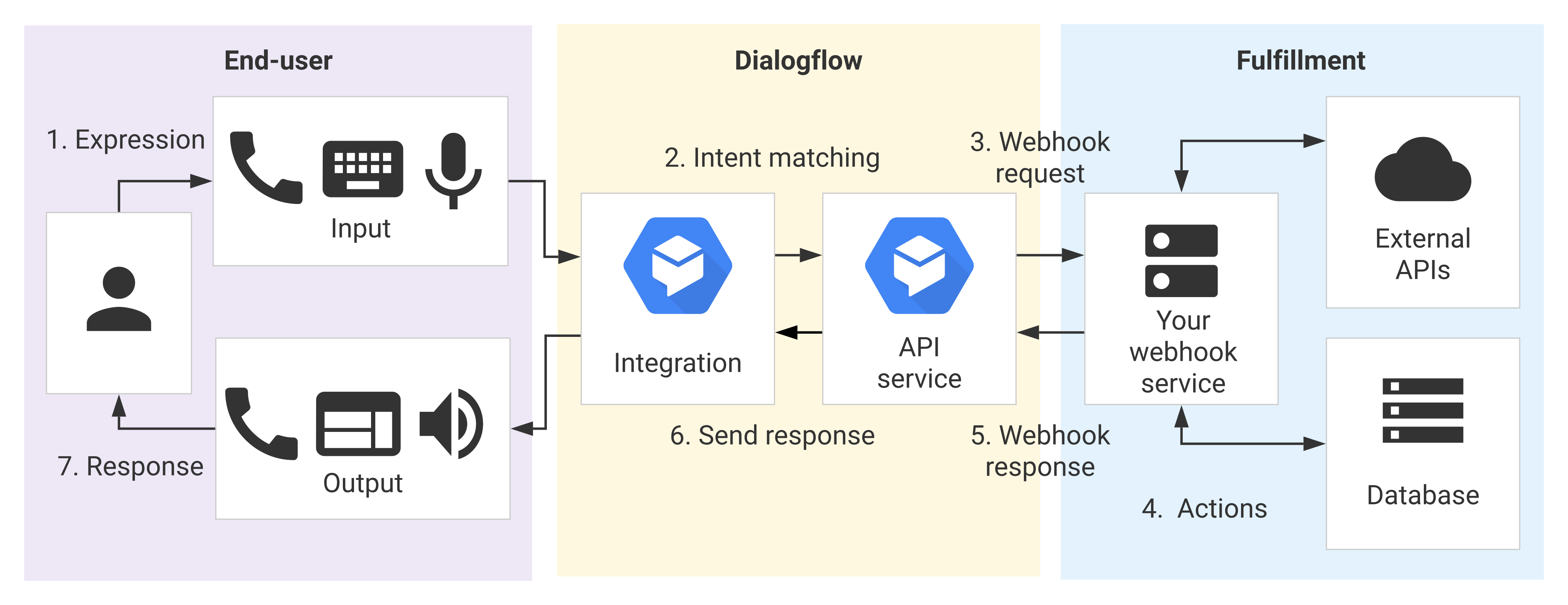Creating Conversational Experiences: The Future of Chatbots in Digital Marketing
In a rapidly evolving digital landscape, chatbots have emerged as a powerful tool for businesses aiming to enhance customer interactions. With over five years of experience in SEO, I have helped multiple companies improve their digital strategies, taking note of the vital role that conversational marketing plays today. This blog is designed to delve deep into the transformative power of chatbots in digital marketing, shedding light on their significance, trends, and best practices for implementation.
Introduction
As businesses continue to adapt to the digital age, chatbots have become a staple in marketing strategies, revolutionizing the way brands interact with their customers. According to a 2023 report by Gartner, more than 50% of organizations worldwide plan to invest heavily in chatbot technology by the end of 2025. This reflects a growing recognition of chatbots not merely as tools for efficiency but as vital components of customer engagement.

Understanding how to leverage chatbots effectively enables marketers and business owners to enhance their communication strategies, streamline customer service, and ultimately boost conversions. This blog aims to inform marketers, business owners, and tech enthusiasts about the future of chatbots in digital marketing, highlighting trends, offering practical guidelines, and sharing insightful case studies.
The Rising Importance of Chatbots
Statistics on Chatbot Adoption
- According to Salesforce, 69% of consumers prefer using chatbots for quick communication with brands, highlighting their significance in modern customer service.
- A recent survey by Drift indicated that 62% of consumers reported feeling more satisfied with customer service interactions when assisted by chatbots.
These statistics underscore a clear trend: consumers increasingly expect instant, efficient responses from brands.
Impact on Customer Engagement
Chatbots are more than just tools; they play a transformative role in enhancing customer engagement and satisfaction. Data from Intercom showed that businesses utilizing chatbots experienced a 33% increase in engagement rates. Additionally, Userlike found that conversational marketing can boost lead conversion rates by up to 24%. The evidence is clear: chatbots are instrumental in nurturing customer relationships and driving sales.

How Do Chatbots Work?
Understanding Conversational Marketing
Conversational marketing involves real-time interactions between customers and businesses through various channels. This could include text messages, social media, and website chat interfaces. Chatbots facilitate these interactions by mimicking human conversation styles, guiding users through queries, and providing instant solutions.
The Technology Behind Chatbots
Chatbots utilize Artificial Intelligence (AI) and Natural Language Processing (NLP) to understand and respond to user inquiries. This technology allows them to learn from interactions over time, continually improving their ability to handle a diverse array of questions.
Successful Chatbot Implementations
Case Studies to Inspire
Sephora: Sephora’s chatbot serves as a virtual beauty advisor, offering personalized recommendations based on customer preferences. Its effectiveness has enhanced customer satisfaction and increased sales substantially.
H&M: By implementing a chatbot for fashion advice, H&M has helped customers select products more accurately, resulting in reduced return rates and improved customer satisfaction.
These case studies illustrate how brands successfully integrate chatbots to enhance customer interactions.
Best Practices for Implementing Chatbots
When considering the implementation of a chatbot, following best practices can significantly enhance effectiveness:
Create Natural Conversational Flows: Avoid scripted responses that feel robotic. Instead, craft conversational flows that feel organic and intuitive.
Utilize Machine Learning: Implement machine learning to gather predictive analytics for improved personalization. This allows chatbots to adapt to user preferences and behaviors.
Ongoing Training: Invest time in continuously training your chatbot with new data and interactions. This will help it respond more accurately over time. Tools like Google’s Dialogflow can be used to set up advanced conversational bots.

Cost-Benefit Analysis
Financial Implications of Chatbots
A study by Juniper Research predicts that chatbots could save businesses up to $8 billion annually by 2024 due to their ability to handle high volumes of customer queries efficiently. When compared to traditional customer service costs, implementing chatbots can be a cost-effective solution for businesses.
| Cost Type | Traditional Customer Service | Chatbot Implementation |
|---|---|---|
| Setup Costs | High | Moderate |
| Maintenance | Ongoing Human Oversight | Minimal |
| Availability | Limited | 24/7 |
| Response Time | Slow | Instant |
Future Trends in Chatbot Technology
The chatbot landscape is continuously evolving. Significant trends shaping its future include:
AI and Machine Learning Enhancements: These improvements will enable chatbots to process language nuances and context better, creating even more personalized user experiences.
Voice-Activated Chatbots: Increasingly, users are turning to voice commands. Integration with smart devices will make chatbots more accessible and convenient, drawing in a broader audience.
Conclusion: The Future of Conversational Experiences
As we transition into a world that craves instant gratification, the role of chatbots in digital marketing will only grow more significant. Businesses hold the potential to revolutionize their customer engagement strategies by implementing conversational experiences that are not only effective but create lasting emotional connections with consumers.
Embracing chatbot technology offers an opportunity to stay ahead in an increasingly competitive market. For digital marketers, business owners, and customer service managers, understanding and implementing chatbots can lead to substantial improvements in engagement and conversions.
If you’re eager to explore how chatbots can enhance your marketing strategy, consider researching more about the latest trends or signing up for newsletters that provide ongoing insights into the evolving landscape of digital marketing. Join the conversation today and harness the potential of chatbots to create engaging experiences for your customers!
